Gardeners are now finding intricate ways to grow wildflowers snuggly into a small, low-maintenance garden. The show garden featured in this article illustrates this perfectly, but how do you plant a small wildflower garden? We have asked its designer, Rebecca Wallman, to give you her small wildflower garden ideas and generally get you started on how to plant a wildflower garden of your very own.
In this article, you’ll learn the secrets behind gardens like these, including:
- Having a strong layout for your garden
- Creating a beautiful backdrop for your wildflowers using screens and fences
- Clever garden designs that will ensure all-year-round colour and interest
- Having somewhere to sit and appreciate the wildflowers and wildlife they will attract
- Using low-fertility soil to help avoid weeds and grasses
- Researching wildflower species and choosing the ones that will most enjoy your garden
- Investing in the services of a skilled garden designer
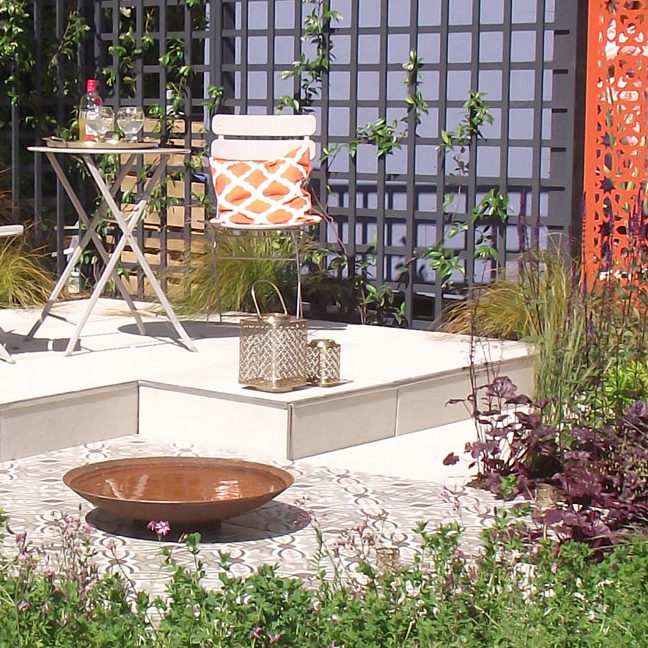
Why Grow a Wildflower Garden At All?
There are many benefits of UK-native wildflowers both environmentally and for the vibrance they bring to your garden. There are literally thousands, if not millions of plant species that you could choose for your garden, so why choose native wildflowers? Garden designer Rebecca Wallman chose wildflower matting for her show garden in Essex for several reasons.
For one, they are quick and easy to install and have sparked an ongoing trend in the gardening world. Wildflower turf is hugely attractive to wildlife and supports struggling species of beneficial insects. Finally, they create a relaxing, even romantic ambience in the garden in exchange for low maintenance.
The joy of native wildflower meadow plants is that they are a part of British heritage and are the great-great-great-grandparents of some of our garden favourites. They have evolved side-by-side with our pollinating insects to benefit each other naturally.
Adult butterflies and bees can adapt to feed from any suitably shaped flower, no matter where in the world it originated. However, baby bees need high-protein pollen for their development and this is freely available from wildflowers like clover and Birdsfoot Trefoil.
Butterflies are even fussier about food for their larvae, as some butterfly species need specific plants to lay their eggs upon. Usually, those plants are native wildflowers.
Sadly, wildflowers are disappearing from our countryside and brownfield sites. To counteract this, the advent of wildflower turf like Turfonline’s Meadowmat range has made growing them much more accessible. By growing a few wildflowers in your garden, you really are helping the creatures that help to pollinate our food crops.
How to Design and Plant a Small Wildflower Garden
Enough about why! Let’s look at how Rebecca has designed a space that combines the pleasures of relaxing outdoors, having a stylish garden, and supporting wildlife.
Give Your Garden a Strong Layout
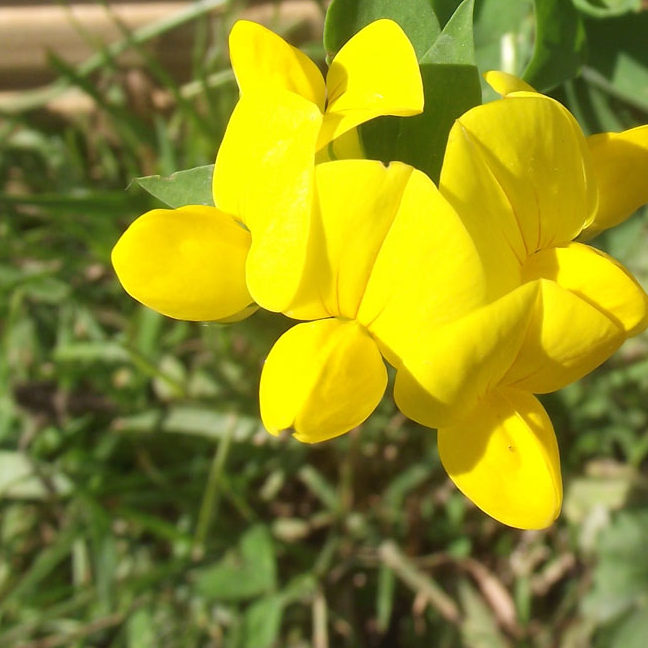
Beautiful Birdsfoot Trefoil is a joy in any garden. An early-season flower, it’s particularly valuable for bees who need the high-protein pollen to feed their young.
This garden layout is only a few square metres in size and is typically found in modern newbuild properties, yet Rebecca has reinvented it and used paving to create a cross shape with four individual sections. In the sunniest corner of the garden is a slightly raised platform for a seating area, and one section houses a small tree for visual height and as a focal point. Our mini wildflower meadow is in a third area and the fourth is for brightly coloured, wildlife-friendly flowers.
In the centre of the cross is contrasting paving and a beautiful Corten steel bowl. The bowl makes a beautiful water feature/bee drinker but could also be used as a fire-pit for cooler evenings.
Ensuring a Beautiful Backdrop For Your Wildflowers
The grey and orange colour scheme of the screening around this garden is nothing short of a visual treat. After all, why should a fence be plain brown when you can have such vivid colour schemes?
There are two types of screening here, each one reflecting the theme of the garden. A timber trellis looks beautiful as-is or could be used to train climbing plants. The stunning metal screens are used in moderation to keep costs under control but still makes a wonderful statement. Plus, the colour is picked up again in the planting and in the furnishings.
Screening like this sets off the whole garden. Use it around an al-fresco dining area or to create small, private areas in a large garden. As a boundary it works well, providing privacy without making the small space feel like a prison yard.
Your Choice of Wildflowers
When it comes to choosing which wildflowers to enhance the garden with, choose species that will delight you with the colour and shape of their flowers and foliage. Rebecca’s choice of Cottage Garden Meadowmat is idyllic and in early June, it was only just beginning its summer display.
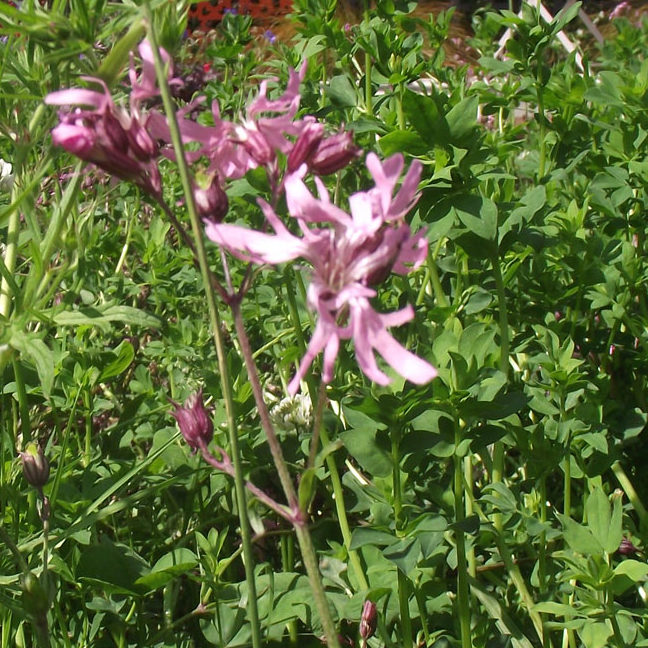
Bear in mind though, that not all wildflowers will like every garden. Soil type is important here, and if you have a small garden it’s well worth investing in some low-fertility soil. Too many of the wrong nutrients will encourage more grasses than wildflowers, which won’t attract any pollinating insects.
It’s also wise to consider light and shade. Our meadow wildflowers have adapted to living in sunny conditions and thus will struggle if your garden is slightly shaded. If this is the case, opt for woodland wildflowers instead.
Rebecca named her garden “Less is Moor” because the simple, low-maintenance design is reminiscent of a Moroccan Moorish courtyard. In this age of climate change causing warmer summers, it’s just right for a sunny UK garden too.
Want to Grow Wildflowers In Your Garden?
By investing in the services of a garden designer, you can be sure that your wildflower patch will be in keeping with the rest of the garden. It will look purposely and professionally designed rather than thrown-together.
A trained garden designer can advise on the best materials and how to install them. Best still, they don’t cost the earth, especially if you have a small garden.
Related Information
Visit Rebecca’s website here to discover more about the design process.
Find out how to grow wildflowers here.
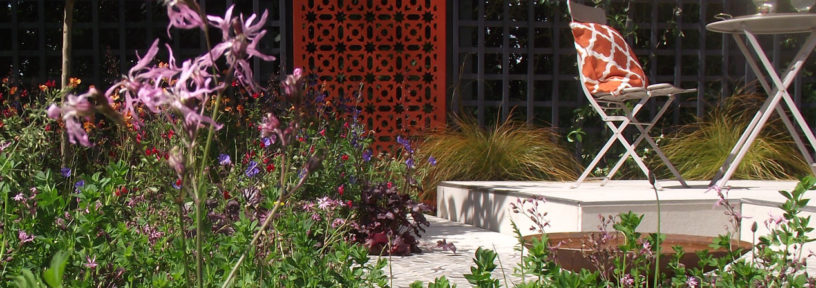
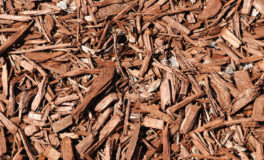 Garden design ideas using bark mulch
Garden design ideas using bark mulch 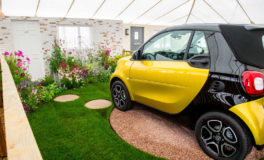 Choosing Plants For Your Front Garden
Choosing Plants For Your Front Garden 

